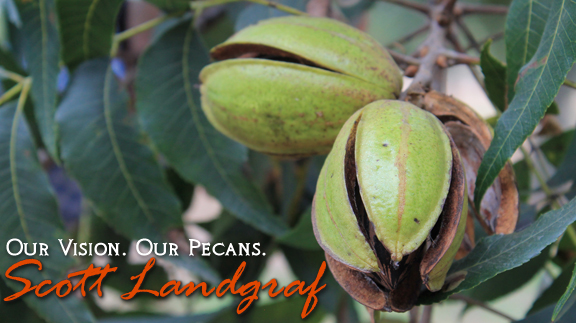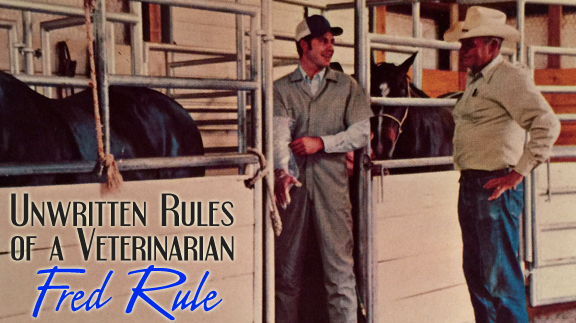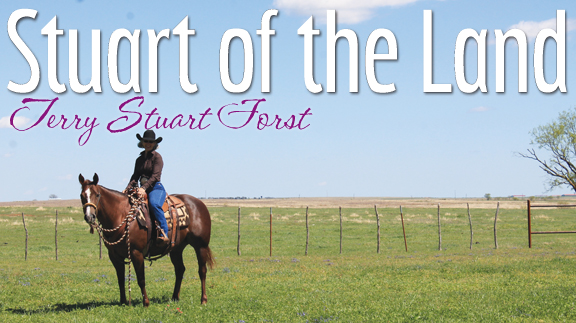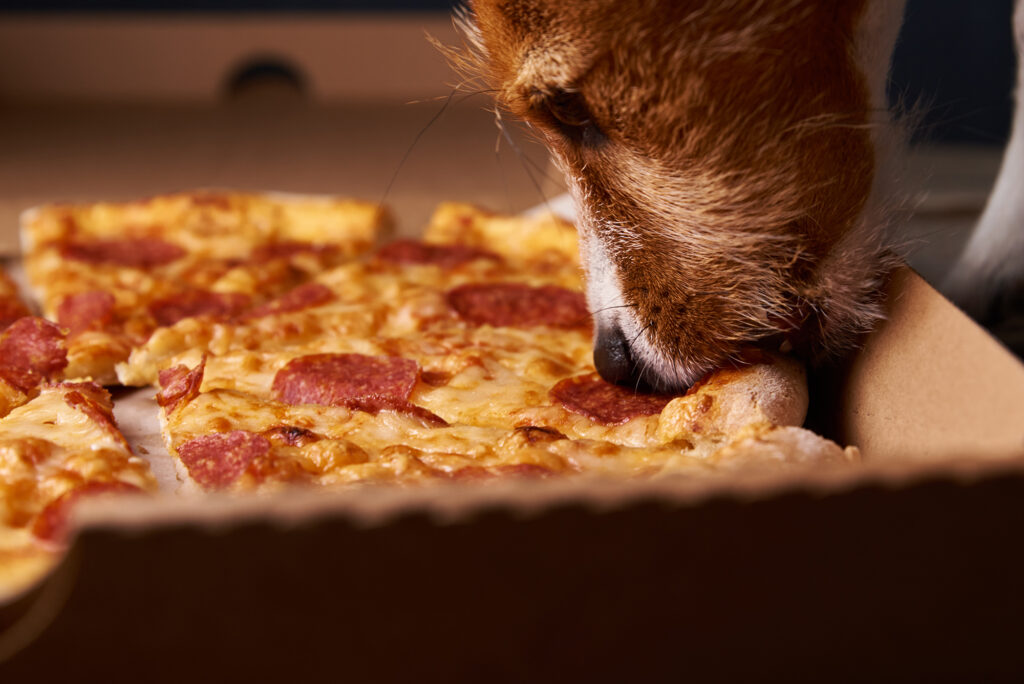Country Lifestyle
The House a Treasure Built

By Judy Wade
Oro! Spanish gold! Many have sought it, but few have found it. U. S. (Sherman) Joines is one of the rare exceptions.
The story begins in 1759 when Colonel Parilla, a Spanish army officer, led his troops to what is now known as Spanish Fort, Texas, to a village of Taovayah Indians on the Red River. He was sent to punish the Indians for the devastation of the San Saba, Texas, mission, taking treasure with him. He found not the typical Indian village but a fort occupied with from 2,000 to 6,000 Indians armed with muskets. The Spanish were soundly defeated and the survivors retreated to a cave across the river in what is now Oklahoma, taking their brass cannon and treasure with them. When they tried to leave the cave, they were murdered by the Indians.
In the 1880s, five men were chasing two panthers they had tracked from Mud Creek. Pursued by the men’s dogs, one of the panthers ran into a rocky crevasse. The hunters began removing stones to allow the dogs to get to the panther and discovered the entrance to a large cave. Sherman Joines was one of the men.
To their surprise, the men discovered a brass cannon, pack saddles, swords, blunderbusses, coats of mail, some Spanish books and treasure—about $25,000 worth of Spanish gold and silver coins, three silver ingots and two gold crucifixes. No mention was made of what happened to the panther.
Years later, Joines returned and bought the land where the cave sat. In 1896, they completed a house on the site—all paid for with his portion of the treasure. The house, made of sandstone hauled for some distance from Mud Creek by wagons, took five years to build. The exterior walls were 24 inches thick, and the interior walls were 18 inches thick. The ceilings were 12 feet tall. The house was lighted by coal oil chandeliers that could be pulled down to be lit. The house sits on a hill overlooking Red River, about a mile and a half to the south.
Joines later moved to Ardmore, Okla., to pursue other businesses, and Elijah Jackson Bouldin purchased the house and land. He eventually left it all to his grandson, Loyd Monroe Jackson, who had moved there with his father in 1933 when he was 14. He married Dorothy Morris in 1940, and after serving in World War II, he and his wife established the –J Ranch, modernized the house and raised two daughters, Lana (Jackson) Wade and Fran (Jackson) Riley.
When the new bride moved there, there was no electricity, no telephone, no bathrooms and no running water inside. Individual gas stoves heated the rooms before central heat and air were installed. Lana recalls leaving a glass of milk on her bedside table and finding it frozen the next morning.
Two bathrooms were added and the ceilings were lowered to nine feet. It was still a long way from town—15 miles south of Ringling and a half mile off the highway. The nearest neighbor was one and one half miles away.
“I got on the bus to go to school at 6 a.m. and got off at 6 p.m.,” Lana recalls. “I was the first one on and the last one off.”
In 1996, the Jackson family hosted a 100th birthday party for the house with over 300 people attending.
Loyd and Dorothy have both passed away, and the ranch is now in the hands of the daughters and their husbands, Charles Wade and Dale Riley.
“Don’t go there looking for the cave or more treasure,” Fran advised. “We looked for it and looked for it. Geologists came in with backhoes to dig for it because they thought they knew exactly where it was, and they couldn’t find it.”
Some historians doubt the story Joines told. Did the Spaniards really leave the treasure in the cave? Did the hunters find it? Whether or not the story is true, the 120-year-old stone ranch house with its thick walls is a landmark in Jefferson County.
The Riley’s late son, Caleb, wrote about the house for a class assignment when he was about ten. He ended his story this way: “Today U. S. Joines’ old house stands vacant, but the memories live on.”
This story was originally published in the September 2016 issue of Oklahoma Farm & Ranch.
Country Lifestyle
Riding for the Brand
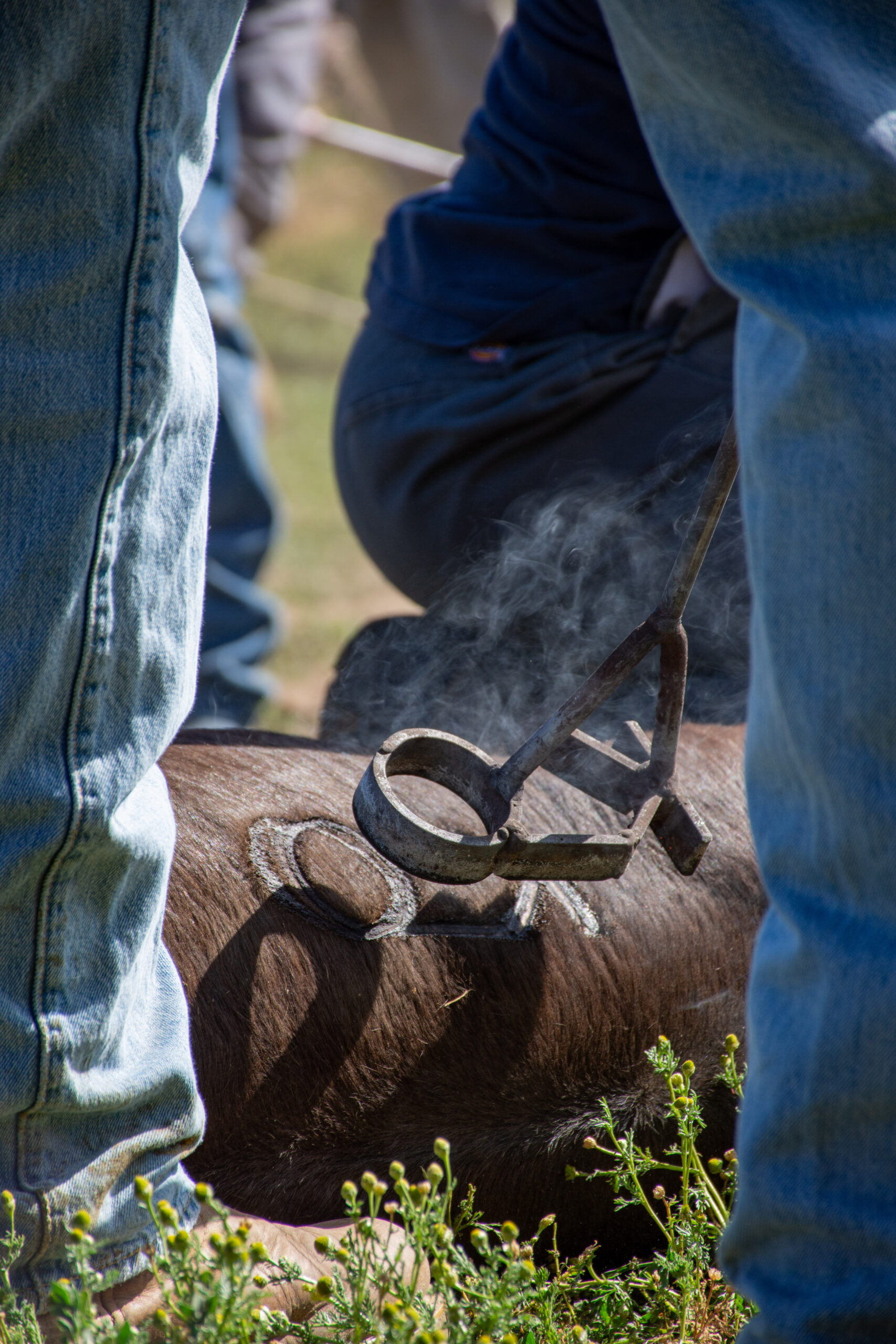
By: Christopher Dysinger
According to the Code of the West a man who has integrity is one who rides for the brand. If you are unfamiliar with cowboy parlance this phrase is used to describe being loyal to the outfit you work for. Cowboys were, “intensely loyal to the outfit they were working for and would fight to the death for it. They would follow their wagon boss through hell and never complain.” -Teddy Blue Abbot. Riding for the brand means being loyal and when I consider what it means to be loyal I am reminded of the words of the Lord Jesus to His disciples in Matthew 16:24, “Then said Jesus unto His disciples, If any man will come after Me, let him deny himself, and take up his cross and follow Me.” To me, to take up the cross and follow the Lord is the epitome of what it means to ride for the brand.
When you place your trust in the Lord Jesus you are signing on to His outfit, to speak the language of the West. When you called upon the name of the Lord Jesus by faith, He saved you and from this point you are riding for His brand. In taking up your cross and following Him you have pledged to be loyal, and this means you face any hardship or trial like a cowboy on the trail moving the herd. Any complaint must be swallowed in the same way you would swallow a cup of coffee. When I hear our faith and loyalty to the Lord Jesus put into these terms it stirs something within me that moves me to keep right on riding for the brand.
Louis L’amour wrote, “Riding for the brand was an expression of loyalty to a man’s employer or the particular outfit he rode for. It was considered a compliment of the highest order in an almost feudal society. If a man didn’t like a ranch or the way they conducted their affairs he was free to quit, and many did; but if he stayed, he gave loyalty and expected it. A man was rarely judged by his past only by his actions. Many a man who came west left things behind him he would rather forget, so it was not the custom to ask questions. Much was forgiven if a man had courage and integrity and if he did his job. If a man gave less than his best, somebody always had to pick up the slack, and he was not admired.” It is the same when a person gives his or her heart to Jesus.
When you come to the Lord Jesus you are not judged by your past. When you come to the Lord Jesus, repenting of sin and seeking forgiveness, everything from your past is left behind. All will be forgiven. 1 John 1:9 reads, “If we confess our sins, He is faithful and just to forgive us our sins, and to cleanse us from all unrighteousness.” When you place your faith in the Lord Jesus you are promising to be loyal and in return you will receive the same. He has promised that He will never leave us or forsake us. When you walk with the Lord Jesus through life you are indeed, “riding for the brand.”
“Riding for the brand” is not just an expression of loyalty nor is it just an expression of pride, it is also an expression of love. When a cowboy claims to be riding for the brand, he is telling any other outfit who may seek his loyalty, that he cannot give it, because he has given his word to another. It is the same when we pledge our faith and loyalty to the Lord Jesus. If any would call us away from Christ we cannot go, because we are riding for the brand.
The End
This article is an excerpt from the book, The Bible and the Code of the West by Dr. Christopher Dysinger.
Country Lifestyle
Farm Dogs & Table Scraps
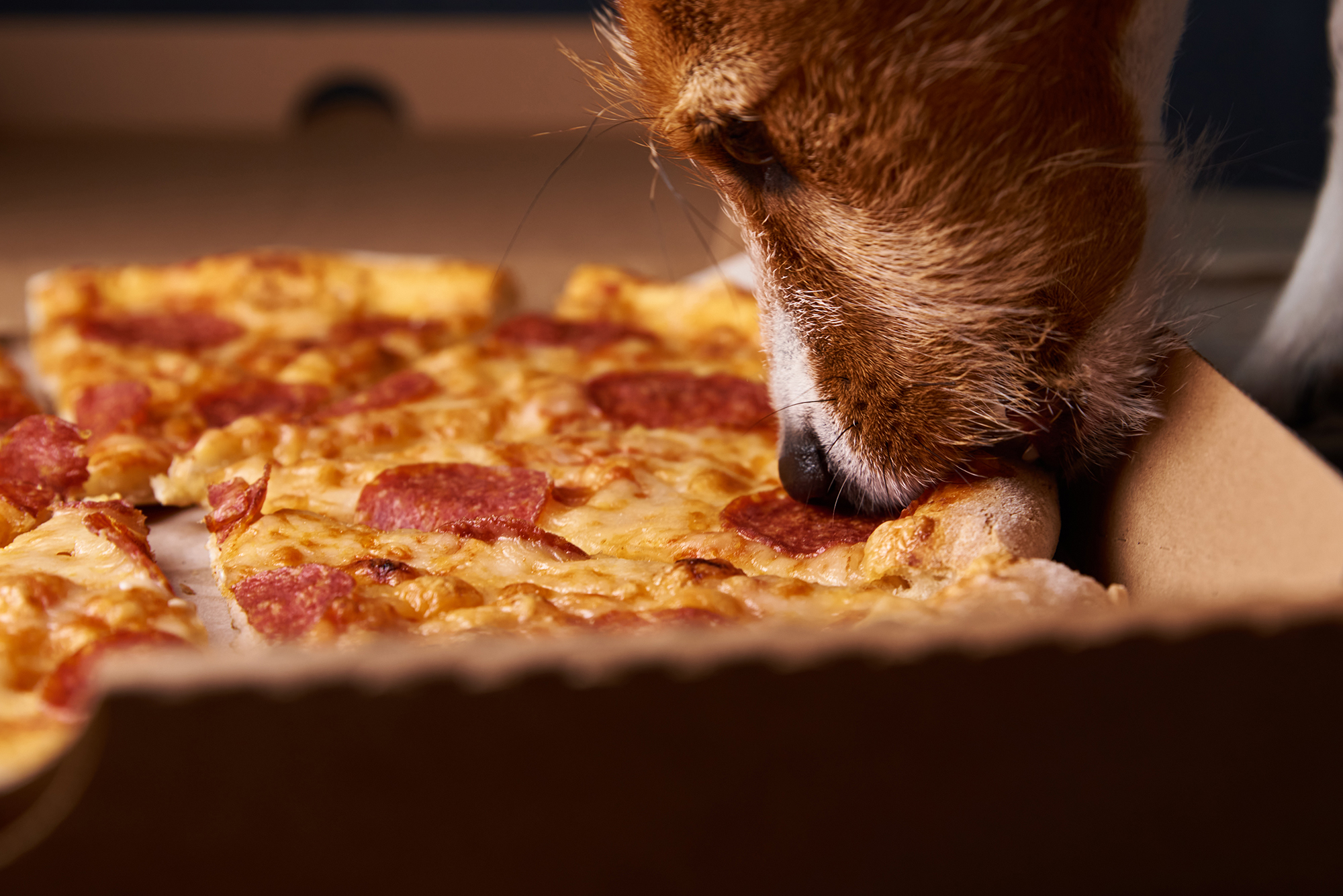
What’s Safe and What’s Not?
Growing up on a farm, our dogs were tough. They roamed the pastures, slept under the barn, and ate just about anything they could get their paws on—whether we meant for them to or not. I’ll admit, I never thought twice when one of our old cow dogs snatched a biscuit off the table or licked up a spill from the barn floor. I’ve even seen a dog steal a whole rib bone off a plate and trot off like he’d won the lottery. And somehow, they always seemed fine.
But here’s the thing—just because they survived doesn’t mean it was safe. For every farm dog that lucked out, there’s another that wasn’t so fortunate. Some human foods can be downright toxic to dogs, and a little bit of bad luck (or a smaller, more sensitive dog) can turn a harmless snack into an emergency.
Common toxic foods lying around the farmhouse
If you’ve got a farm dog—or any dog, really—you need to be aware of the dangers lurking in everyday foods. Some of the biggest culprits include:
Chocolate – The darker it is, the worse it is. Even a little can cause vomiting, seizures, or worse.
Grapes & Raisins – No one’s exactly sure why, but they can cause kidney failure fast.
Onions & Garlic – In large enough amounts, these can destroy red blood cells, leading to anemia.
Xylitol (Found in Sugar-Free Gum & Candy) – This artificial sweetener can send a dog’s blood sugar crashing and cause liver failure.
Alcohol – Even small amounts can be deadly to dogs, affecting their nervous system much more than it does ours.
Bones from Cooked Meat – While not necessarily toxic, they can splinter and cause serious internal injuries.
Macadamia Nuts – These can lead to weakness, vomiting, and even paralysis in dogs.
What to do if your dog eats something toxic
First, don’t panic—but don’t ignore it either. If you know your dog ate something dangerous, call your vet immediately. They can tell you whether to induce vomiting or if it’s something that requires urgent care. If it’s after hours, contact the ASPCA Animal Poison Control Center (888-426-4435) or the Pet Poison Helpline (855-764-7661).
Prevention is always the best medicine, so keep toxic foods out of reach. That might mean keeping the trash can secured, making sure kids don’t slip the dog a treat under the table, or just being more mindful of what’s left on the counter.
Our farm dogs might have been lucky, but luck isn’t a great strategy when it comes to their health. A little awareness goes a long way in making sure they stay happy, healthy, and ready for the next day’s work.
For more information
ASPCA Animal Poison Control: www.aspca.org/pet-care/animal-poison-control
Pet Poison Helpline: www.petpoisonhelpline.com
Visit www.akc.org/expert-advice/nutrition/foods-your-dog-should-never-eat
Country Lifestyle
Summer Squash and Corn Chowder

By Lacey Vilhauer
Total time: 40 minutes
Servings: 6-7
Ingredients
- 6 slices bacon, cooked and crumbled and 1 1/2 Tbsp rendered bacon fat reserved
- 1 1/2 lbs yellow squash, chopped (about 3 medium)
- 2/3 cup thinly sliced celery
- 1 cup diced onion
- 1 Tbsp flour
- 2 cloves garlic, minced
- 2 3/4 cup milk (I used 1%)
- 5 cups canned or fresh cut corn (from about 6 ears corn), divided
- 1/2 cup heavy cream
- 1 1/2 tsp chopped fresh thyme (or 1/2 tsp dried)
- 3/4 tsp salt, then more to taste
- 1/4 tsp freshly ground black pepper, then more to taste if desired
- 3/4 cup shredded cheddar cheese, for serving
- Chopped green onion for garnish (optional)
Instructions
Heat 4 tsp reserved bacon fat in a large pot over medium-high heat. Add celery and onion and sauté 2 minutes then add the squash.
Saute until tender, about 6 minutes, adding in garlic and flour during last 2 minutes of sauteing. Reduce heat slightly.
Add 1 1/2 cups milk, 2 cups of the corn, thyme, salt and pepper to the sauteed veggies.
To a blender add remaining 3 cups of corn, remaining 1 1/4 cups milk and the cream. Process in blender until nearly smooth (about 30 seconds).
Add pureed mixture to pot and stir to blend. Cook until mixture reaches a light boil.
Serve warm with shredded cheese, crumbled bacon and sliced green onions if desired.
-

 Attractions8 years ago
Attractions8 years ago48 Hours in Atoka Remembered
-

 Country Lifestyle9 months ago
Country Lifestyle9 months agoJuly 2017 Profile: J.W. Hart
-

 Country Lifestyle4 years ago
Country Lifestyle4 years agoThe Two Sides of Colten Jesse
-

 Outdoors7 years ago
Outdoors7 years agoGrazing Oklahoma: Honey Locust
-

 Equine8 years ago
Equine8 years agoUmbilical Hernia
-

 Outdoors5 years ago
Outdoors5 years agoPecan Production Information: Online Resources for Growers
-

 Farm & Ranch7 years ago
Farm & Ranch7 years agoHackberry (Celtis spp.)
-
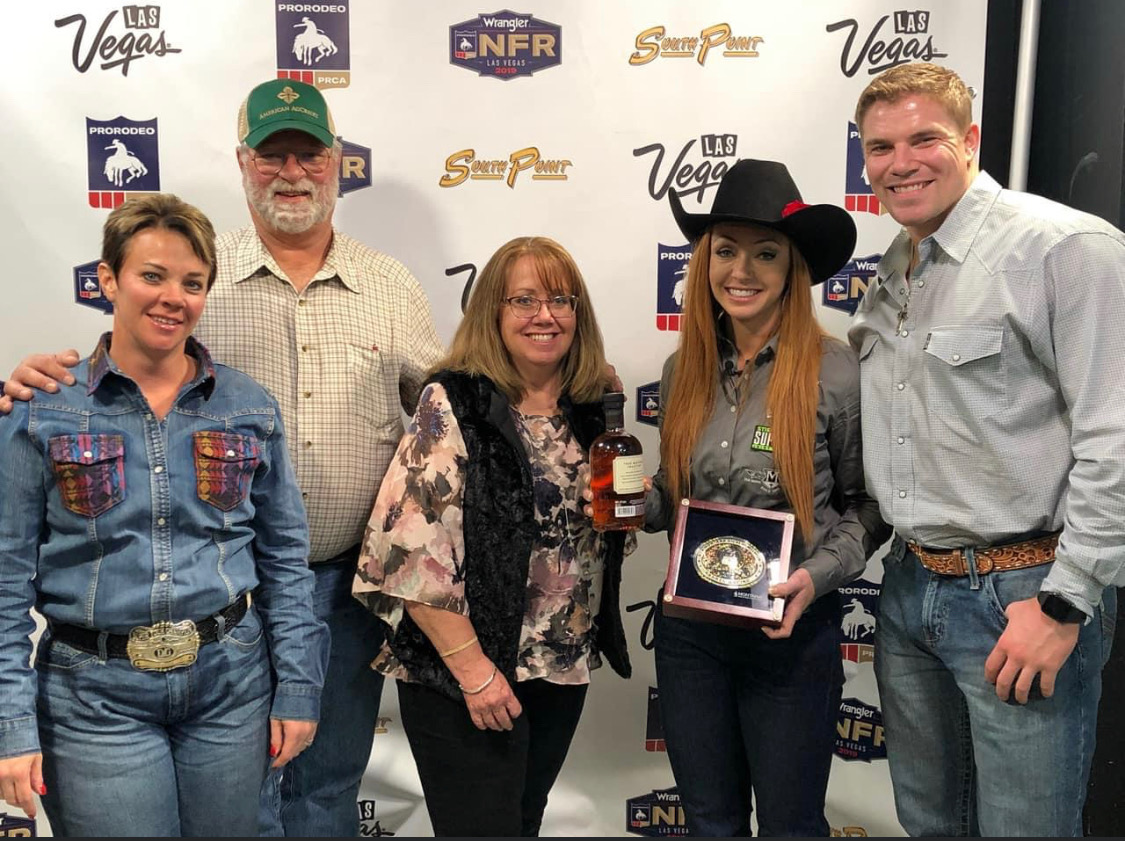
 Equine5 years ago
Equine5 years agoOn the Road with Emily Miller-Beisel


